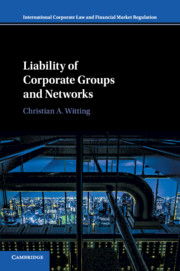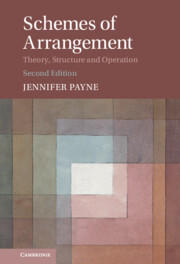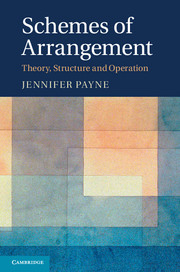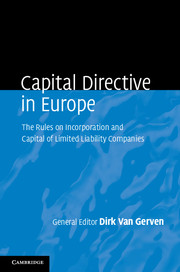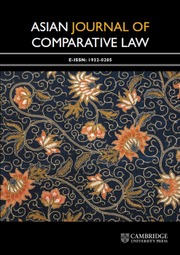Liability of Corporate Groups and Networks
£41.99
Part of International Corporate Law and Financial Market Regulation
- Author: Christian A. Witting, National University of Singapore
- Date Published: June 2019
- availability: Available
- format: Paperback
- isbn: 9781108714204
£
41.99
Paperback
Other available formats:
Hardback, eBook
Looking for an inspection copy?
This title is not currently available on inspection
-
What happens when a corporate subsidiary or network company is unable to pay personal injury victims in full? This book sets out to tackle the 'insolvent entity problem', especially as it arises in cases of mass wrongdoing such as those involving asbestos exposure and defective pharmaceuticals. After discussing the nature of corporate groups and networks from the perspectives of business history, organisation studies, and social theory, the book assesses a range of rules and proposed rules for extending liability for personal injuries beyond insolvent entities. New proposals are put forward for an exception to the rule of limited liability and for the development of a flexible new tort based on conspiracy that encompasses not only control-based relationships but also horizontal coordination between companies. The book concludes with a general discussion of lessons learned from debates about extended liability and provides guidelines for the development of new liability rules.
Read more- Features a detailed proposal for the development of a statutory exception to limited liability applicable in cases of personal injury
- Proposes development of the common law of conspiracy so as to create a new remedy where companies are in commercial agreements with another which is engaged in objectively reckless conduct
- Assesses the law on group and network liability in leading common law jurisdictions to provide a better understanding of what gives corporate groups and networks their cohesion and why the law should be prepared to extend liability beyond the insolvent entity
Reviews & endorsements
'The book is lucidly written and presents many a thought-provoking argument. It is built on a very extensive exploration of tort and company law, as well as other academic disciplines such as economics, sociology and philosophy. Witting draws on law and scholarships not just from this jurisdiction, but also from many others: in addition to Commonwealth countries, the author has clearly undertaken considerable investigations into how the insolvent entity problem has been approached in the United States. It is a stellar example of interdisciplinary and comparative research.' William Day, Journal of Professional Negligence
Customer reviews
Not yet reviewed
Be the first to review
Review was not posted due to profanity
×Product details
- Date Published: June 2019
- format: Paperback
- isbn: 9781108714204
- length: 499 pages
- dimensions: 230 x 153 x 30 mm
- weight: 0.68kg
- availability: Available
Table of Contents
1. Introduction
Part I. Business Context:
2. The formation of corporate groups and networks
3. Structuring of corporate group relations
4. Insolvent entity case studies
Part II. Theory:
5. Conceptions of group and network liability
Part III. Statute:
6. General protections for creditors
7. Group-specific protections for creditors
8. Statutory torts
9. Modified limited liability
Part IV. Common Law:
10. Veil-piercing
11. Direct liability in tort
12. Vicarious and joint liability in tort
13. Conclusions.
Sorry, this resource is locked
Please register or sign in to request access. If you are having problems accessing these resources please email [email protected]
Register Sign in» Proceed
You are now leaving the Cambridge University Press website. Your eBook purchase and download will be completed by our partner www.ebooks.com. Please see the permission section of the www.ebooks.com catalogue page for details of the print & copy limits on our eBooks.
Continue ×Are you sure you want to delete your account?
This cannot be undone.
Thank you for your feedback which will help us improve our service.
If you requested a response, we will make sure to get back to you shortly.
×
